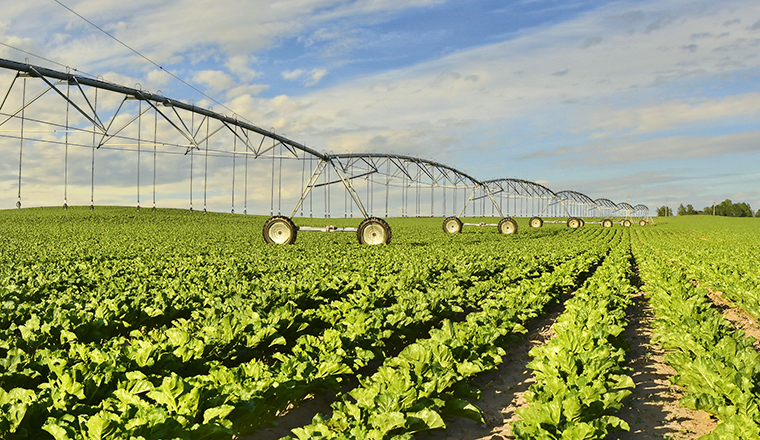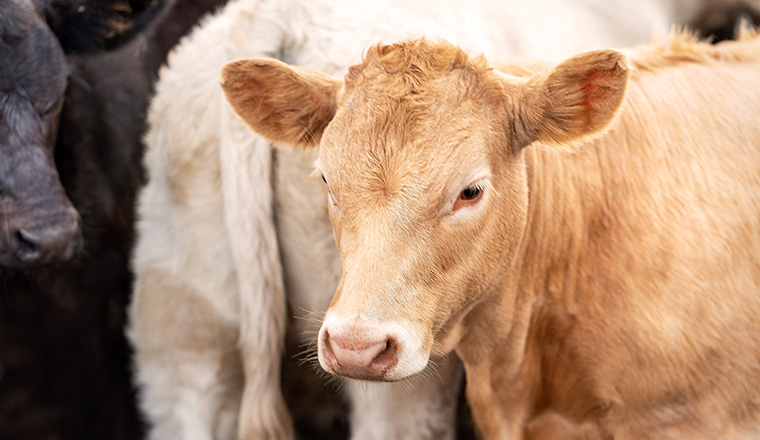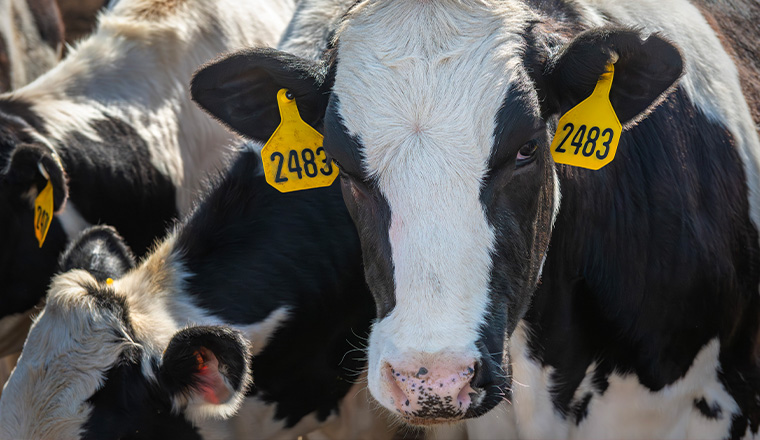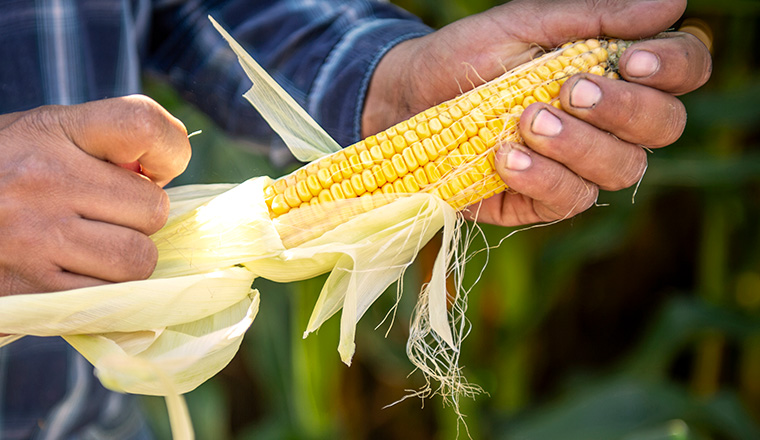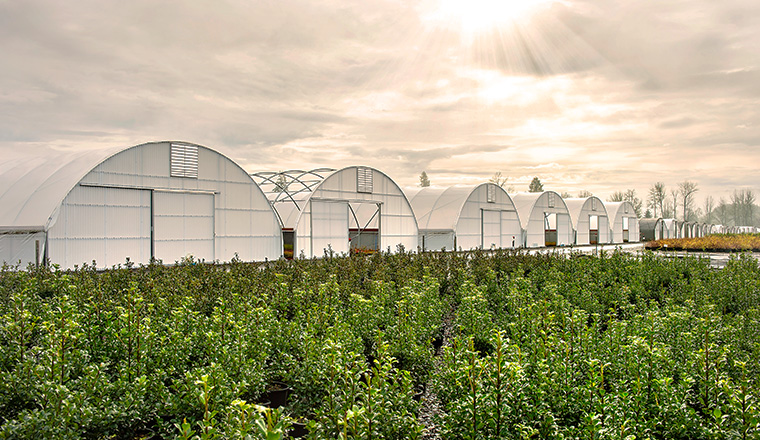Industry Insights

Industry Insights
Interest Rate Scenarios for Financial Projections
One has to go back to the early 1980s to experience a similar scenario. In a recent webcast, an agricultural lender asked, “What level of interest rate sensitivity scenarios would be appropriate to apply to income and cash flow projections?” This question was followed by a producer who asked, “When it is all said and done, where will interest rates settle?”
First, one must examine the debt structure of the business. Are long-term loans structured on fixed interest rates, adjustable terms or variable interest rates? Many farmers and ranchers wisely locked in longer-term real estate credit on fixed interest rates or on three- to five-year adjustable terms when interest rates were low. Some intermediate-term credit was structured using these terms as well. However, most operating loans are structured with variable interest rates. In these instances, a 3%, 4% and 5% financial shock test over previous terms will be critical to establishing financial guardrails related to interest rates. Proactive producers will input interest rate scenarios into cost of production and breakeven metrics, which aid in marketing and risk management plans.
Interest rates adjusting down
What macroeconomic factors would cause the Federal Reserve to reduce interest rates? The inflation “sweet spot” for the Fed is headline inflation, including food and energy, at 4% and core inflation, excluding food and energy at 2%. As of this publication, these inflation rates are between 5% and 6%.
Watch for other signs of a possible recession such as unemployment moving toward 5% and two quarters of negative gross domestic product (GDP), although not an official recession.
Future persepctives
Now to the producer’s question, where will interest rates land? The Federal Reserve desires a federal funds rate between 2% and 3%. This equates to a prime interest rate between 5% and 6%. There is a low probability of interest rates going back to zero, which was the case during the 2008 to 2022 era. Longer-term planning, whether it is expansion or land acquisition, must include scenarios with a higher cost of money that can quickly change overnight as a result of geopolitical or national economic conditions.
This is why a good set of financial spreadsheets with some well-thought-out assumptions on debt structure and interest rates can provide proactive planning strategies and actions to meet future challenges. In turn, they can also provide insights to act on opportunities in a very volatile economic environment.

